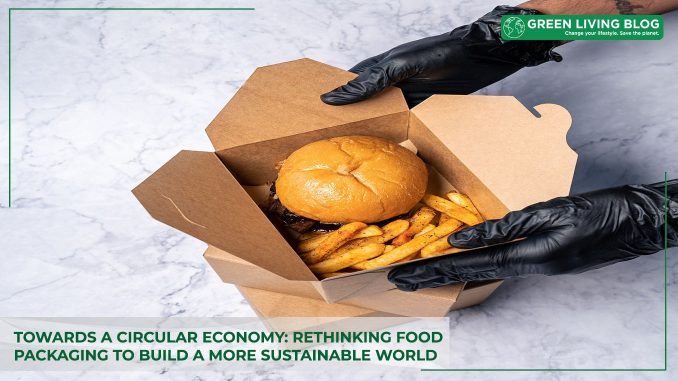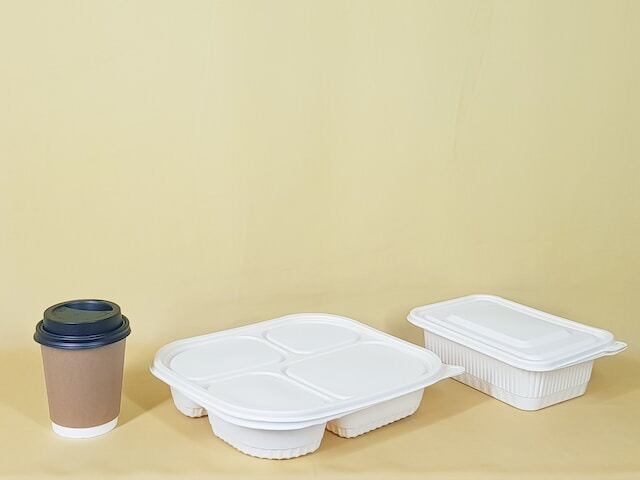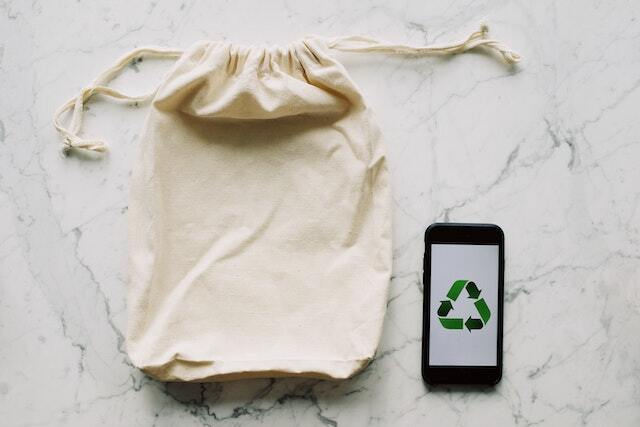
The idea of a circular economy, where there are incentives to reuse products rather than dispose of them and extract new resources, is a possible solution to address the issue of waste and the depletion of vital resources. In a circular economy, resources are used more efficiently, and, as a result, waste is significantly reduced.
Instead of being tossed into a landfill where it will sit forever, the packaging is reused, recycled, or repurposed in some form. Food packaging plays a big role in the transition, as it is a significant contributor to the growing food waste problem.
Innovative packaging solutions, such as Polypouch stand up pouches made from sustainable materials, are just one of many potential solutions to this problem that must be resolved.
This article explores the types of sustainable packaging available and discusses strategies to reduce the use of packaging, whether it’s sustainable or not.
5 Types of Sustainable Packaging

There are a wide variety of sustainable packaging options to choose from, each with its own advantages and drawbacks:
1. Biodegradable packaging
Biodegradable packaging is a popular sustainable option because they break down natural processes through exposure to air, sunlight, water, and bacteria.
2. Compostable packaging
Compostable packaging is typically made from plant-based materials, such as cornstarch or bagasse, or recyclable paper and cardboard. It decomposes over time due to bacteria and is turned into organic matter.
3. Recyclable packaging
This packaging type can be recycled to create new products, including materials such as paper, cardboard, metal, and glass.
4. Edible packaging
Edible packaging comes in various forms, such as food wrapped in food (which you’ll sometimes find at high-end restaurants), packaging that disappears by being eaten or dissolved, and packaging made of edible materials such as seaweed and potato starch.
5. Reusable packaging
Another option is reusable packaging which can be used multiple times to reduce unnecessary waste and the consumption of valuable resources.
How to Reduce Packaging Use

Switching to sustainable packaging is a start, but reducing the amount of packaging used is also a good way to protect the environment.
So, how can we use less packaging?
· Opt for minimalist packaging designs
By adopting minimalist packaging designs that use fewer materials, companies can significantly reduce their negative environmental impact. Reducing the amount of packaging around products will also packaging will also reduce shipping costs. But that’s not all—consumers don’t like receiving unnecessarily bulky packages!
· Encourage bulk purchasing
One way you can reduce packaging waste is by encouraging customers to purchase products in bulk. That way, you can reduce the amount of unnecessary packaging while still providing their order with adequate protection.
· Invest in staff training
Staff members play a vital role in reducing the amount of packaging your business wastes. For example, in the case of biodegradable and compostable waste, if it isn’t disposed of correctly, it cannot be broken down fully. As a result, it may take significantly longer to turn back into organic matter. One of the best ways to reduce packaging waste is to train your staff to dispose of packaging properly.
· Make packaging reusable
One of the best ways to reduce plastic waste is to make packaging reusable. But how?
4 Tips for Designing Reusable Packaging

Here are some tips for designing reusable packaging:
1. Use an adaptable design
Modular and adaptable packaging encourages reuse. For example, containers with standardised shapes and sizes can be reused by consumers in various ways, such as food storage.
2. Ensure durability
Reusable packaging must be durable—it’s no good if it breaks after one use! Choose materials that will stand the test of time, such as glass and metal or (recyclable) plastics that can be reused repeatedly.
3. Include user-friendly features
Reusable packaging should also have user-friendly features that make consumers want to keep it—they should be resealable wherever possible, easy to clean, and stackable to make them more appealing.
4. Consider incentivisation
Once you’ve created a highly reusable packaging design, you need to let customers know that the packaging can be reused. You may want to consider launching an incentive program that encourages users to reuse packaging or even send it back so it can be reused for other customers’ orders. Some businesses will give customers a discount if they bring back packaging in an effort to promote the circular economy.
Final Thoughts
Embracing a circular economy requires a fundamental shift in the way we all approach food packaging. The move towards a circular economy will take time, and it requires a collective effort from businesses and consumers to embrace sustainable packaging options and, ultimately, change our habits when it comes to disposal.
By exploring the various types of sustainable packaging available such as stand-up pouches made from environmentally-friendly materials, and taking steps to reduce packaging usage, businesses and consumers can work in tandem to create a more sustainable world.
![]()
Author Profile

- Eco Warrior by day, Eco Blogger by night trying to get the eco balance right.
Latest entries
 Best practicesMarch 25, 202510 Green Tips to Live a More Sustainable Lifestyle
Best practicesMarch 25, 202510 Green Tips to Live a More Sustainable Lifestyle Green Expert GuidesMarch 12, 2025Flexible Solar Panels for Trucks: Benefits of Smarter Solar Energy Solutions for the Trucking Industry
Green Expert GuidesMarch 12, 2025Flexible Solar Panels for Trucks: Benefits of Smarter Solar Energy Solutions for the Trucking Industry Green Home GuidesFebruary 27, 2025How Sustainable Heating is made simple with Bioethanol Fireplaces
Green Home GuidesFebruary 27, 2025How Sustainable Heating is made simple with Bioethanol Fireplaces BusinessFebruary 25, 2025The Rise of Sustainable Pharmaceutical Packaging Reviewed
BusinessFebruary 25, 2025The Rise of Sustainable Pharmaceutical Packaging Reviewed





Leave a Reply
You must be logged in to post a comment.